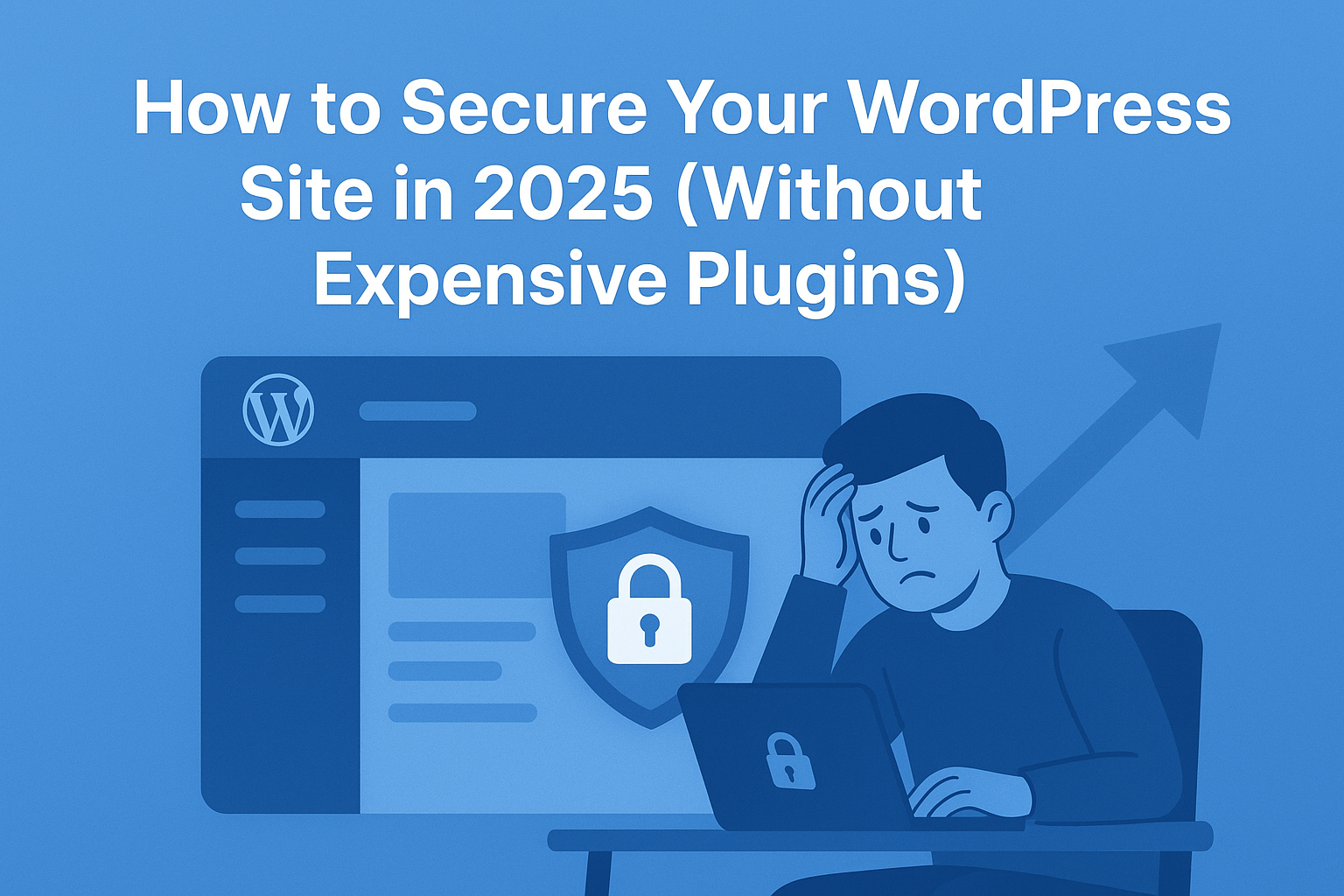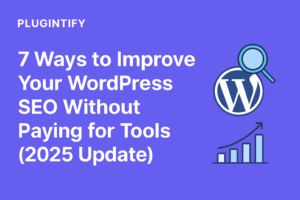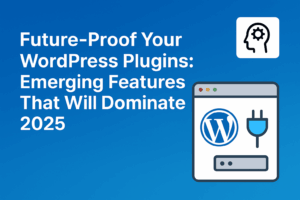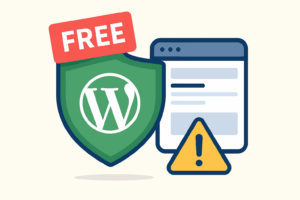WordPress is the most popular content management system in the world — and that makes it a favorite target for hackers. The good news? You don’t need to spend hundreds of dollars on premium plugins to keep your site safe.
In this post, we’ll show you how to secure your WordPress website in 2025 using free tools and smart habits that anyone can apply.
🔐 1. Keep Everything Updated
Outdated versions of WordPress, themes, and plugins are the #1 reason most websites get hacked.
Go to Dashboard → Updates regularly, or enable automatic updates for minor releases.
💡 Tip: Always back up your site before updating, especially major theme or plugin changes.
🧩 2. Delete What You Don’t Use
Unused plugins and themes can still create vulnerabilities.
Go to Plugins → Installed Plugins, deactivate the ones you don’t need, and delete them completely.
Same for themes — you only need one active theme (and a default backup like “Twenty Twenty-Five”).
🧱 3. Use a Strong Login System
Your login page is the main entry point for hackers.
Follow these quick fixes:
-
Change your admin username to something unique.
-
Use a strong password (letters, numbers, symbols, 12+ characters).
-
Limit login attempts (use a plugin like Limit Login Attempts Reloaded).
-
Consider 2-factor authentication (2FA).
🌐 4. Install a Free Firewall Plugin
You don’t need to pay for an expensive security suite.
Try Wordfence Free, Sucuri, or All In One WP Security & Firewall — they block brute-force attacks and detect suspicious activities in real time.
🗝️ 5. Secure Your wp-config.php File
Your wp-config.php file contains your database credentials.
Move it one directory above the root folder and add this to your .htaccess file:
This blocks anyone from directly accessing it.
🧑💻 6. Disable File Editing
Hackers often inject malicious code through the WordPress editor.
Disable it by adding this line to your wp-config.php file:
📦 7. Use Secure Hosting
No matter what you do, your security is only as strong as your host.
Choose a host that offers:
-
Free SSL certificates (HTTPS)
-
Daily backups
-
Server-level firewall
-
Malware scanning
Good examples: SiteGround, Hostinger, or Cloudways.
🚀 Final Thoughts
WordPress security doesn’t have to be complicated or expensive.
If you keep your site updated, remove what you don’t use, and follow the best practices above, you’ll already be more secure than 90% of WordPress websites online today.
Stay smart. Stay secure. 💪




